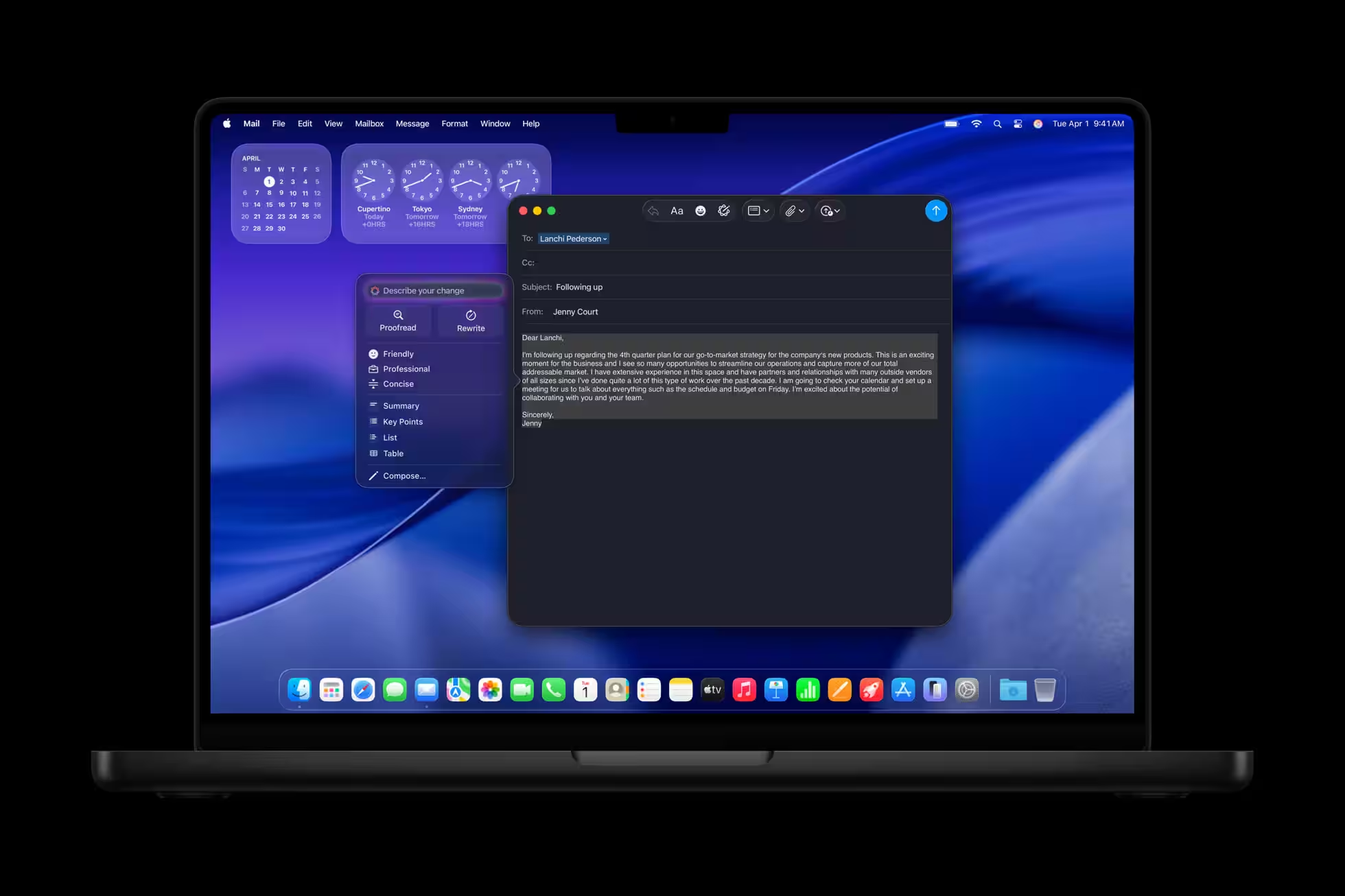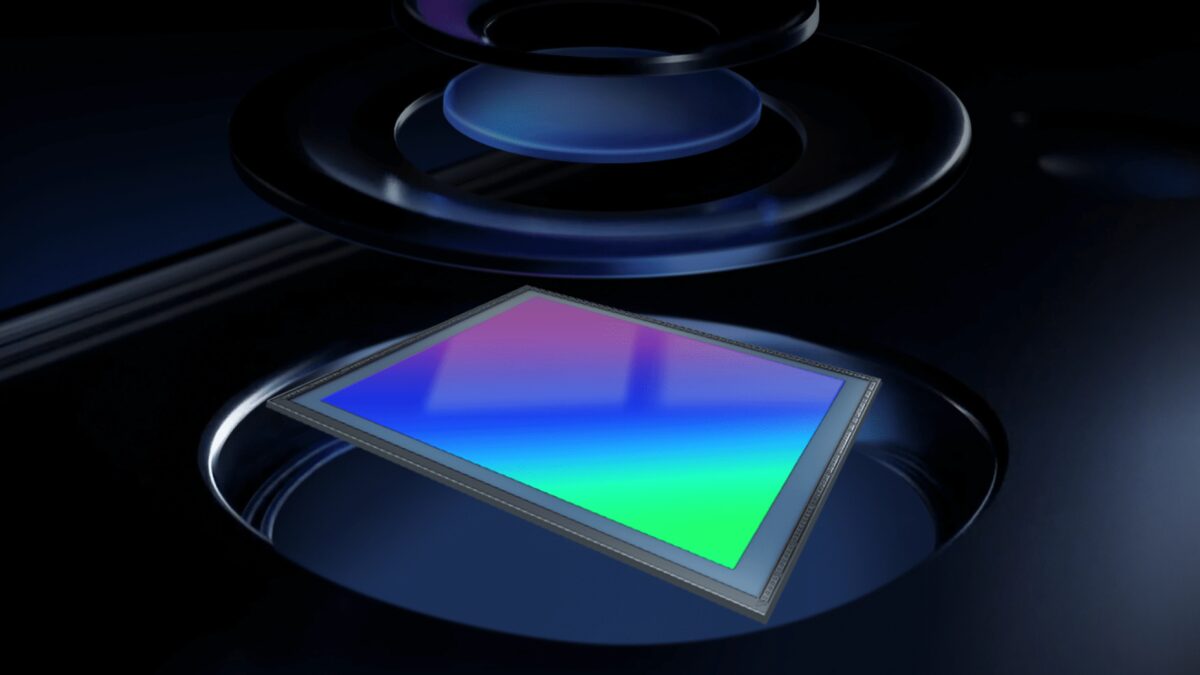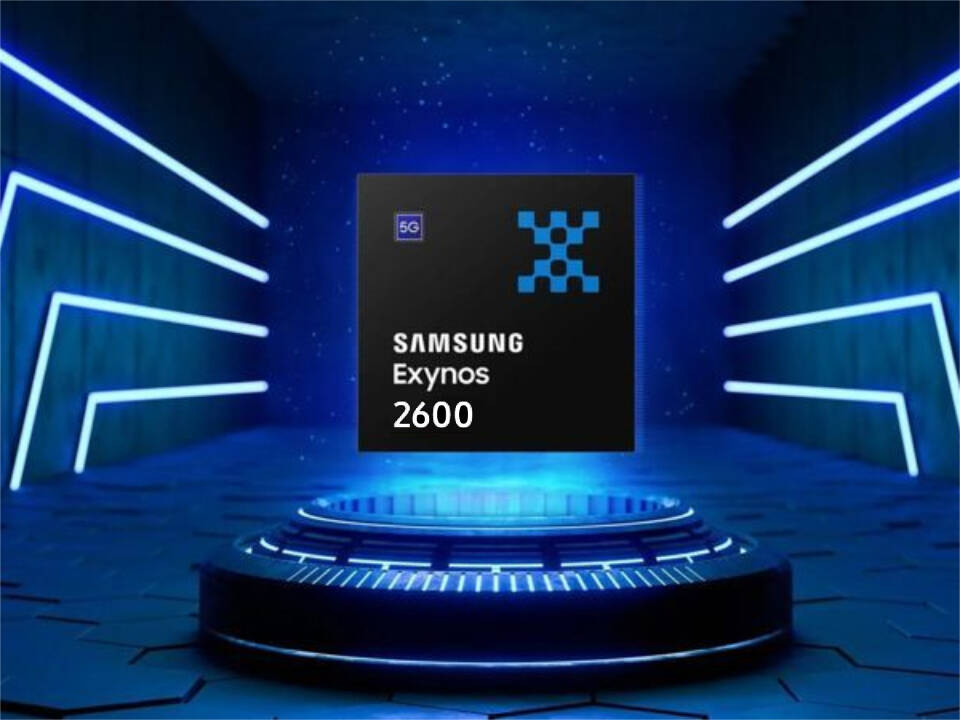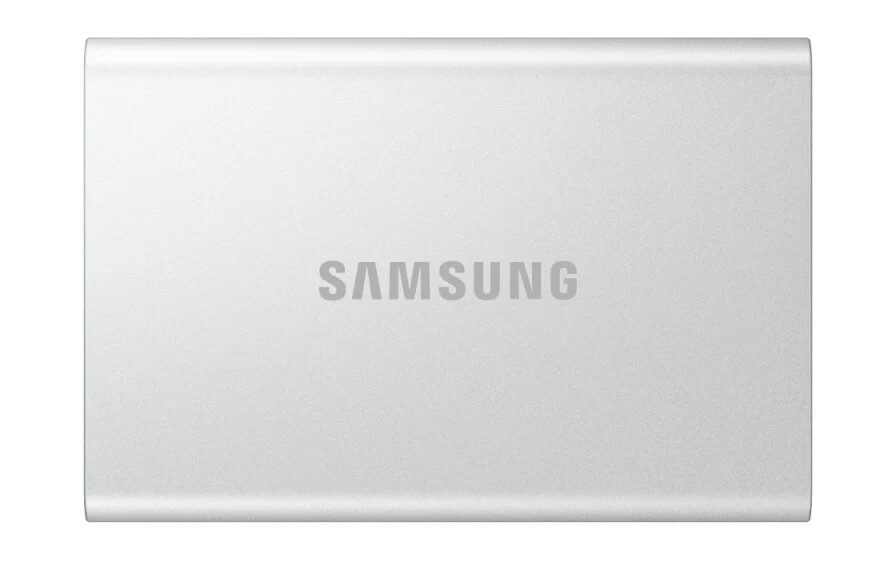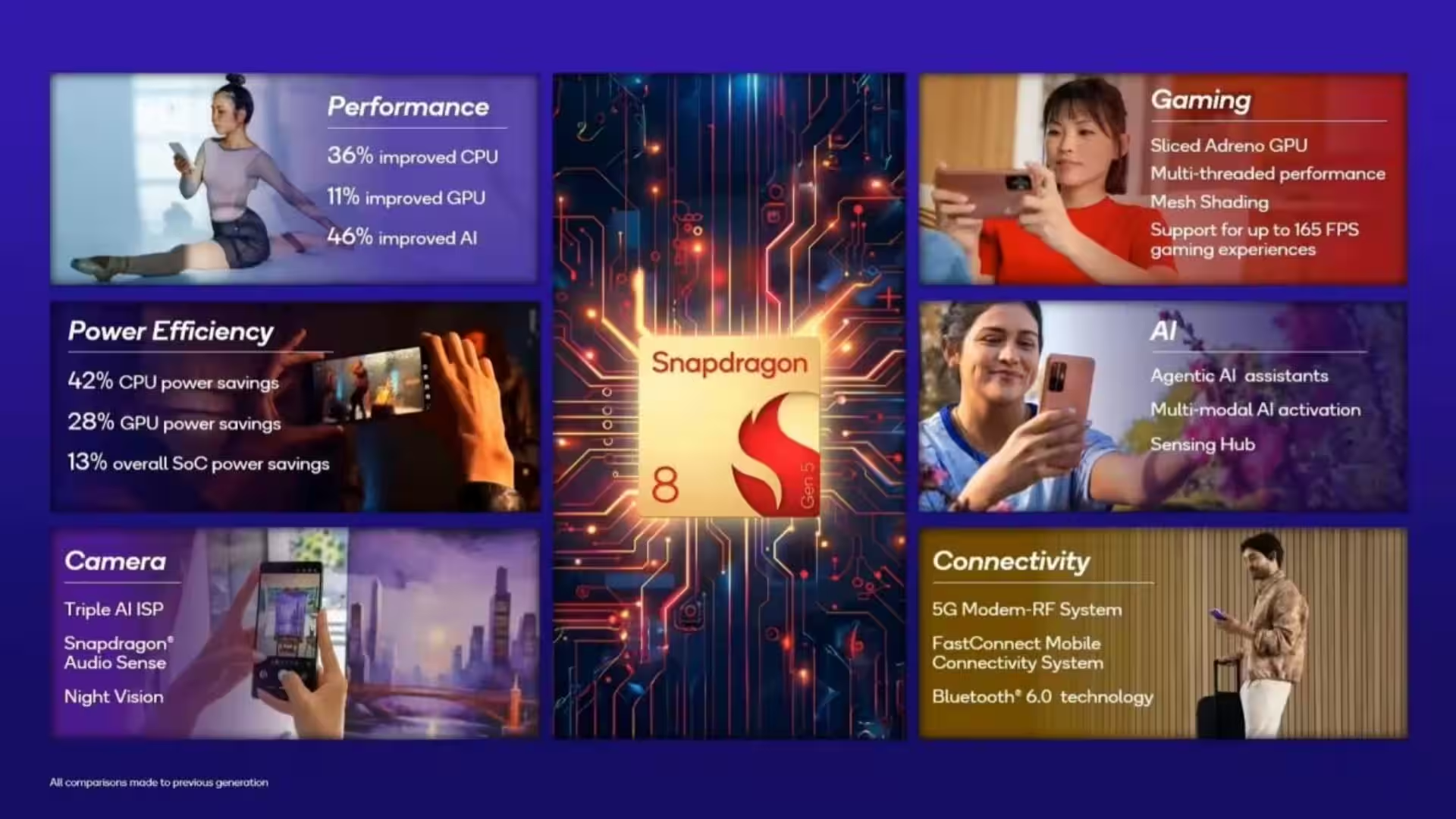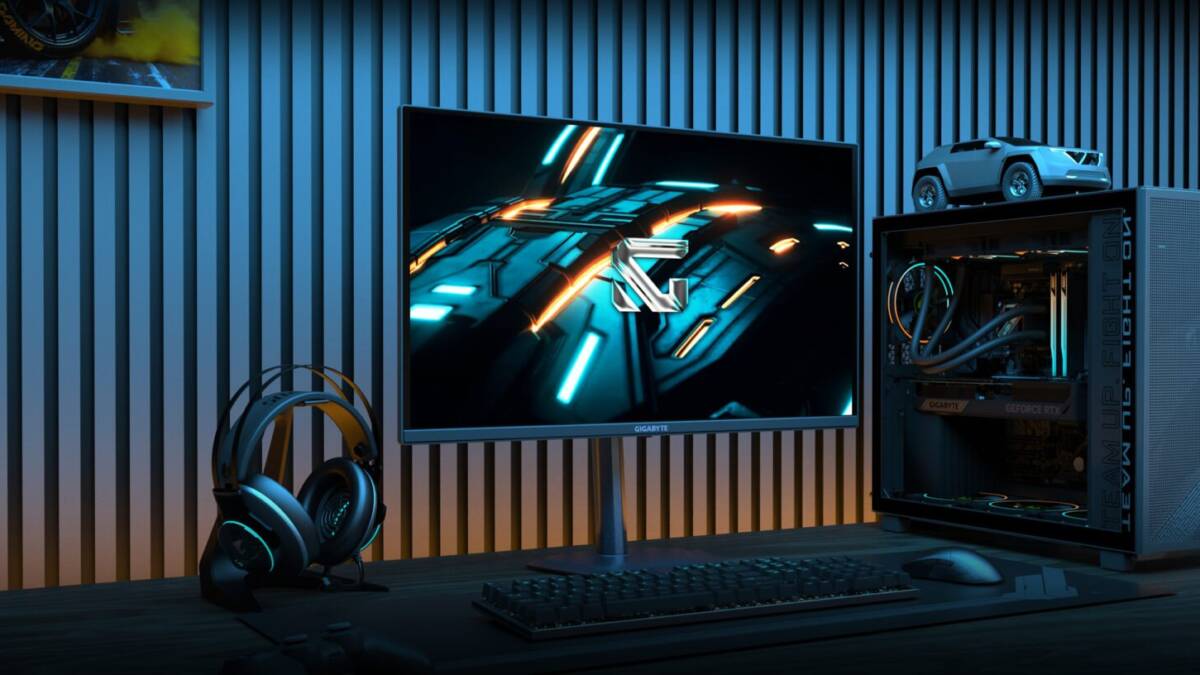Apple unveiled the M5 chip: the next big leap in AI performance on Apple silicon
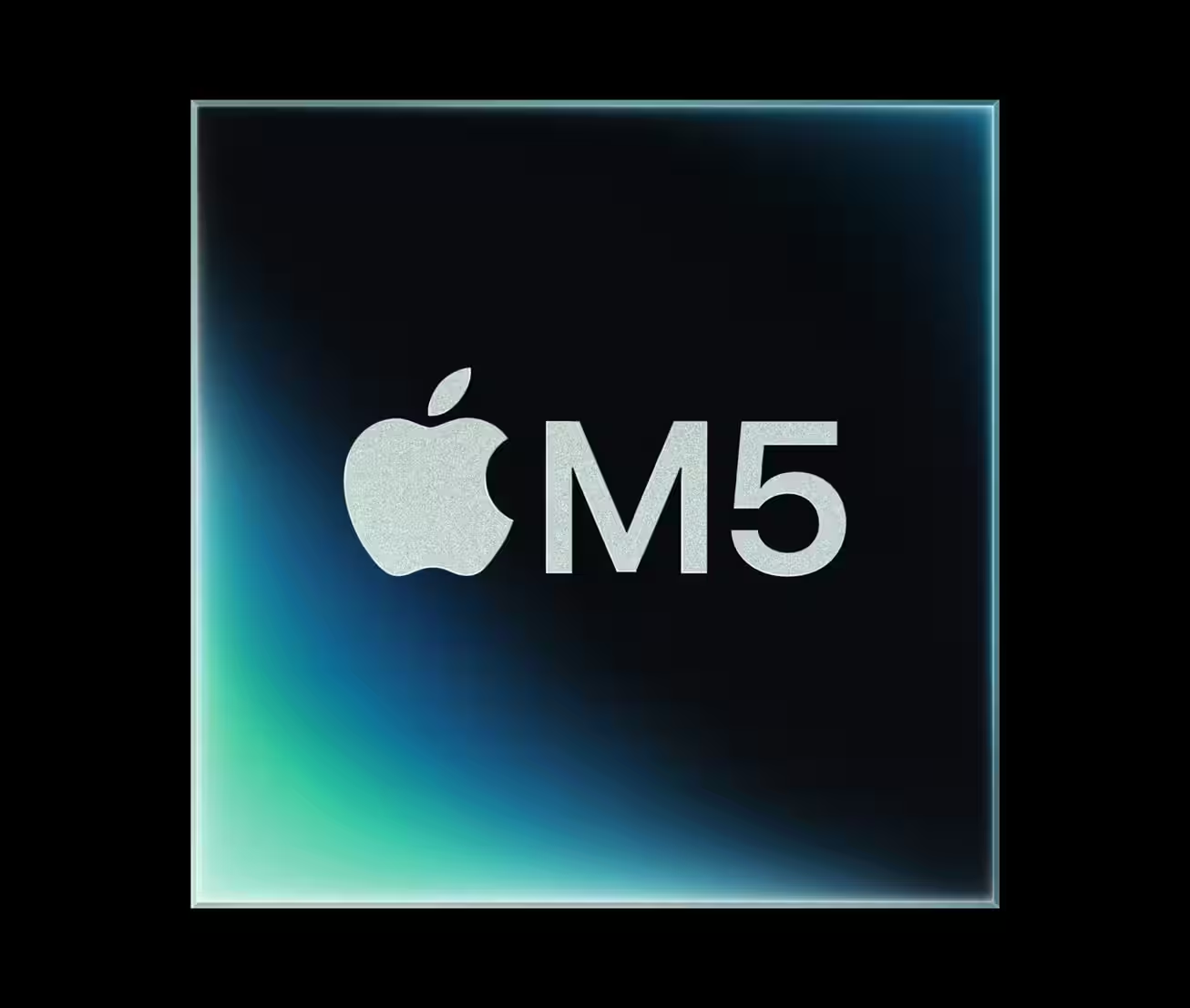
Apple has announced the Apple M5 chip, built on the third generation of the 3nm process. Highlights include more than four times the GPU’s peak AI processing power relative to the M4, a new 10-core graphics unit with a Neural Accelerator in each core, a faster CPU, an accelerated 16-core Neural Engine, and increased single memory bandwidth of up to 153GB/s. The Apple M5 chip will arrive in the 14-inch MacBook Pro, iPad Pro, and Apple Vision Pro – pre-orders open today. A new-generation 10-core GPU has debuted in Apple’s M5 chip. Each graphics core has a Neural Accelerator, so AI workloads on the GPU are significantly faster – over four times faster relative to the M4. At the same time, the graphics subsystem has increased up to 30% compared to M4 and up to 2.5 times compared to M1. A third-generation ray tracing engine has also been added, delivering up to 45% graphics gains in ray tracing applications. Second-generation redesigned dynamic caching has been applied for frame stability and faster rendering. The result is smoother games, more realistic 3D scenes, and faster render times for complex projects. Additionally, Apple Vision Pro on the Apple M5 chip delivers 10 percent more pixels to micro-OLED screens and upscales to 120Hz, resulting in sharper images and reduced blurring. The processor part includes up to 10 cores: up to four performance cores and six power-efficient cores. According to Apple, the Apple M5 chip has the “world’s fastest” performance core, and multithreading performance has increased by up to 15% relative to the M4. The updated 16-core Neural Engine is faster and more energy efficient, complementing the neural gas pedals in the CPU and GPU. An updated 16-core Neural Engine is also faster and more energy efficient, complementing the neural gas pedals in the CPU and GPU. Single memory is accelerated by nearly a third to 153GB/s, helping to keep large localized patterns, process graphics and AI tasks faster, and improve multi-threaded application performance. Up to 32GB of memory is supported, so you can keep Adobe Photoshop and Final Cut Pro, for example, running in parallel while uploading large files to the cloud. The Apple M5 chip’s GPU architecture is tightly integrated with Apple’s frameworks. Applications on Core ML, Metal Performance Shaders, and Metal 4 automatically get a boost. In addition, developers can directly program Neural Accelerators through the Tensor API in Metal 4. This speeds up running diffusion models in Draw Things and running local LLMs on platforms like webAI. Apple’s M5 chip is coming to three products at once: the new 14-inch MacBook Pro, iPad Pro, and Apple Vision Pro. In everyday scenarios on the Mac, image generation, local LLM runs, and deep learning tasks are accelerated. On the iPad Pro, workflows with AI video masks and diffusion models win. AI-enabled functions, including converting 2D photos to spatial scenes and creating Persona, run faster on Vision Pro.
What’s new in architecture: an AI-focused GPU
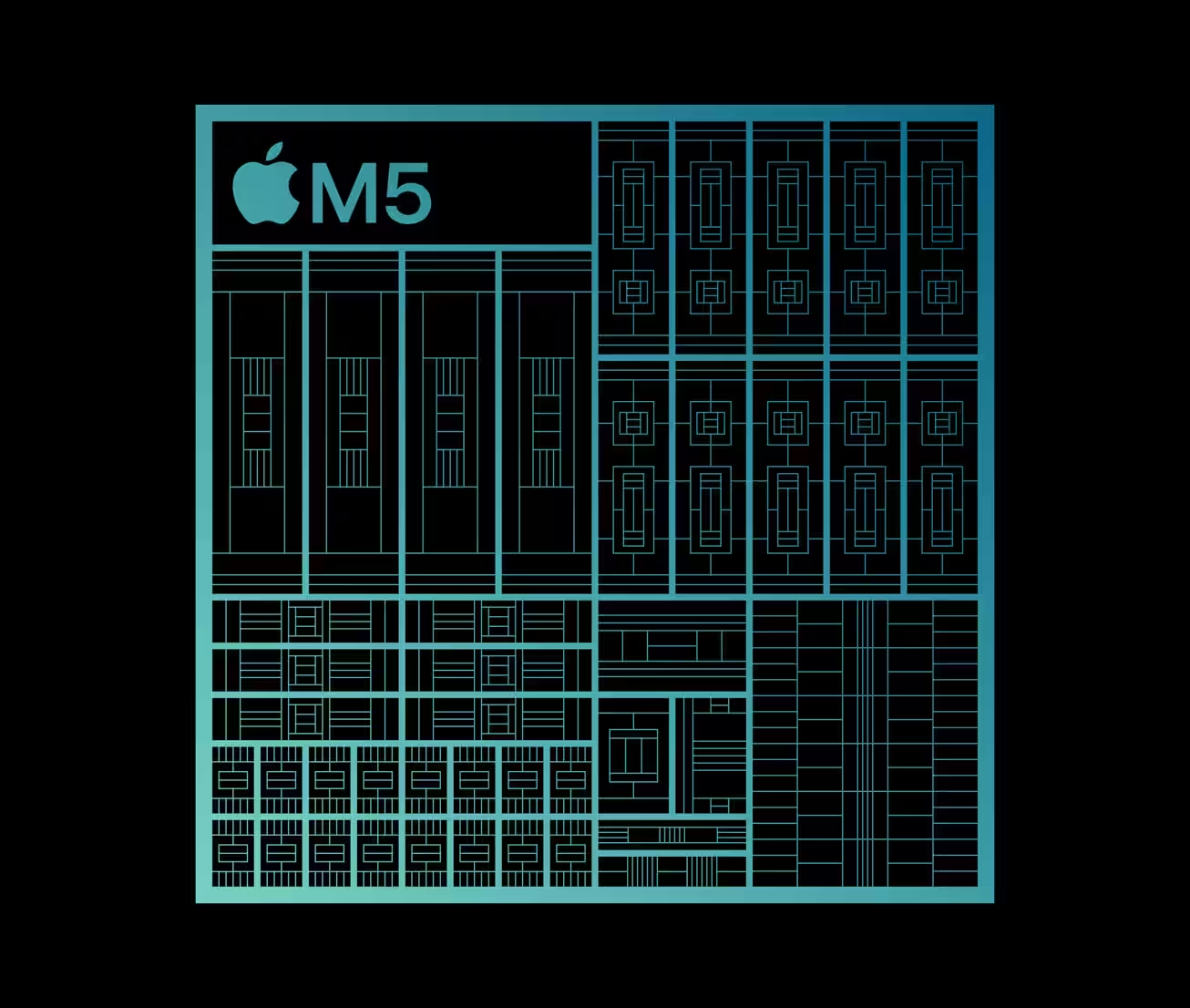
CPU, Neural Engine, and Memory: How System Speed is Growing
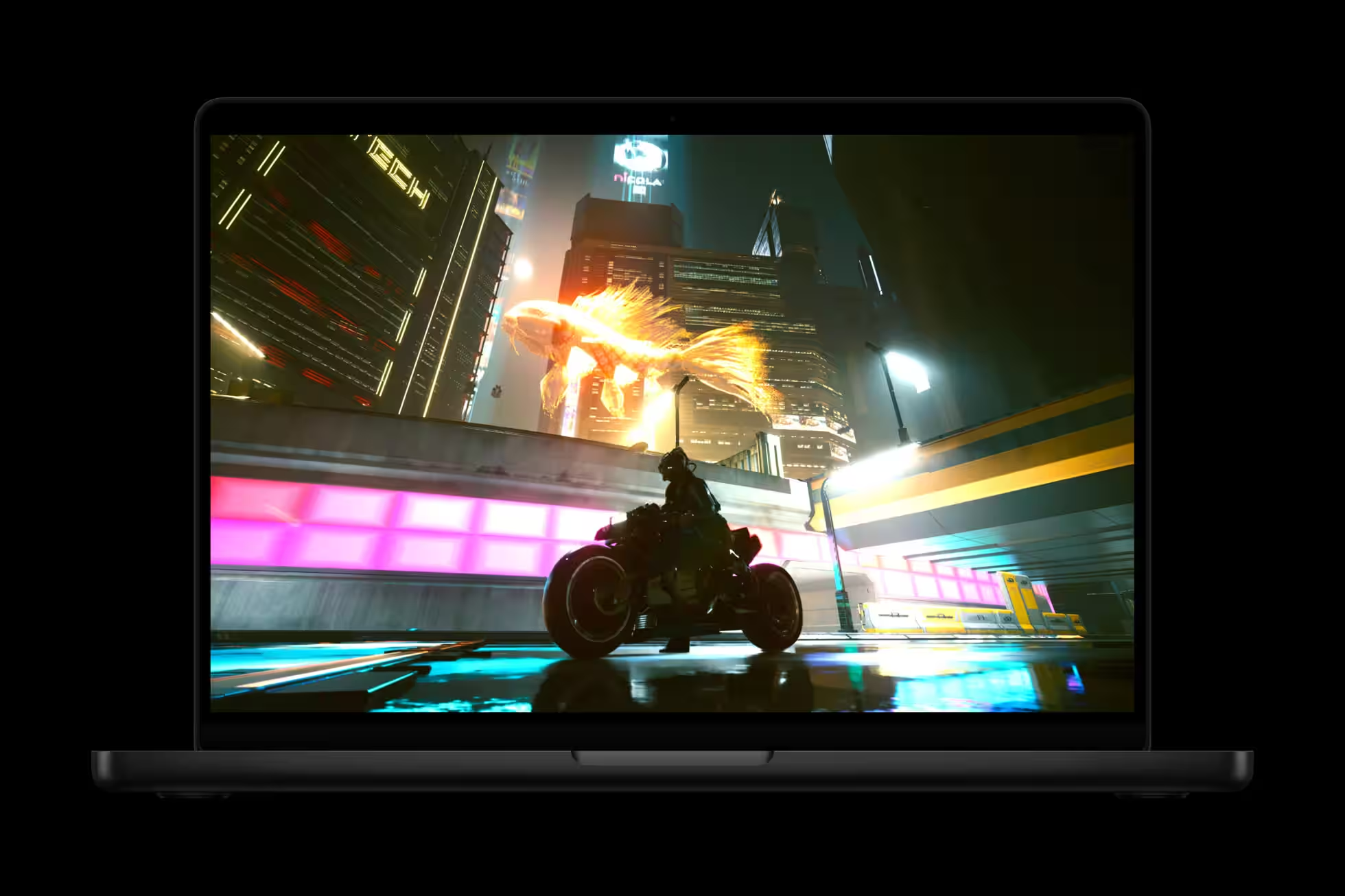
Developers: a ready-made boost on Core ML and Metal 4
Devices and scenarios: from MacBook Pro to Vision Pro
